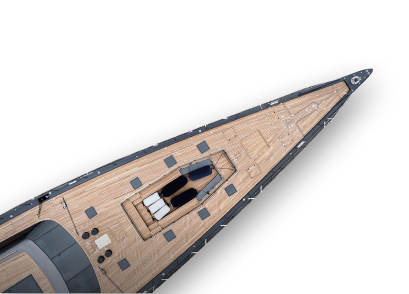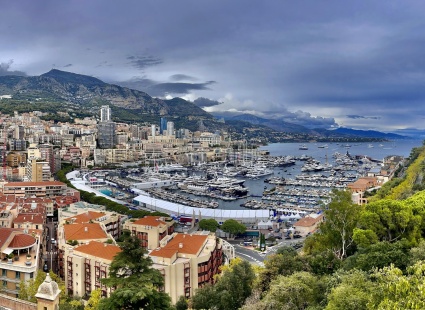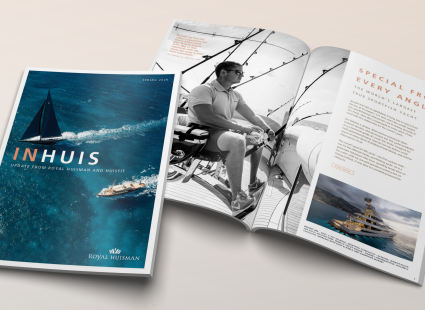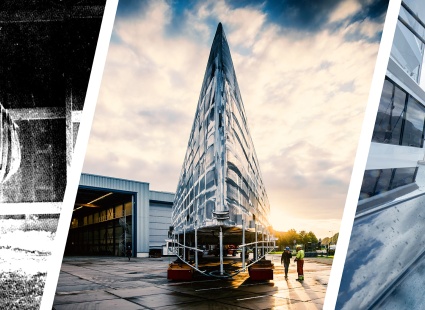ON BOARD WITH BILL JOY
New frontiers pioneer and owner of Ethereal, the world's first hybrid superyacht (delivered by Royal Huisman in 2009). Custom yacht building offers a shipyard like Royal Huisman fascinating encounters with exceptional individuals whose vision it must seek to fulfil. Few owners can have been more fascinating, exceptional or challenging than Bill Joy.
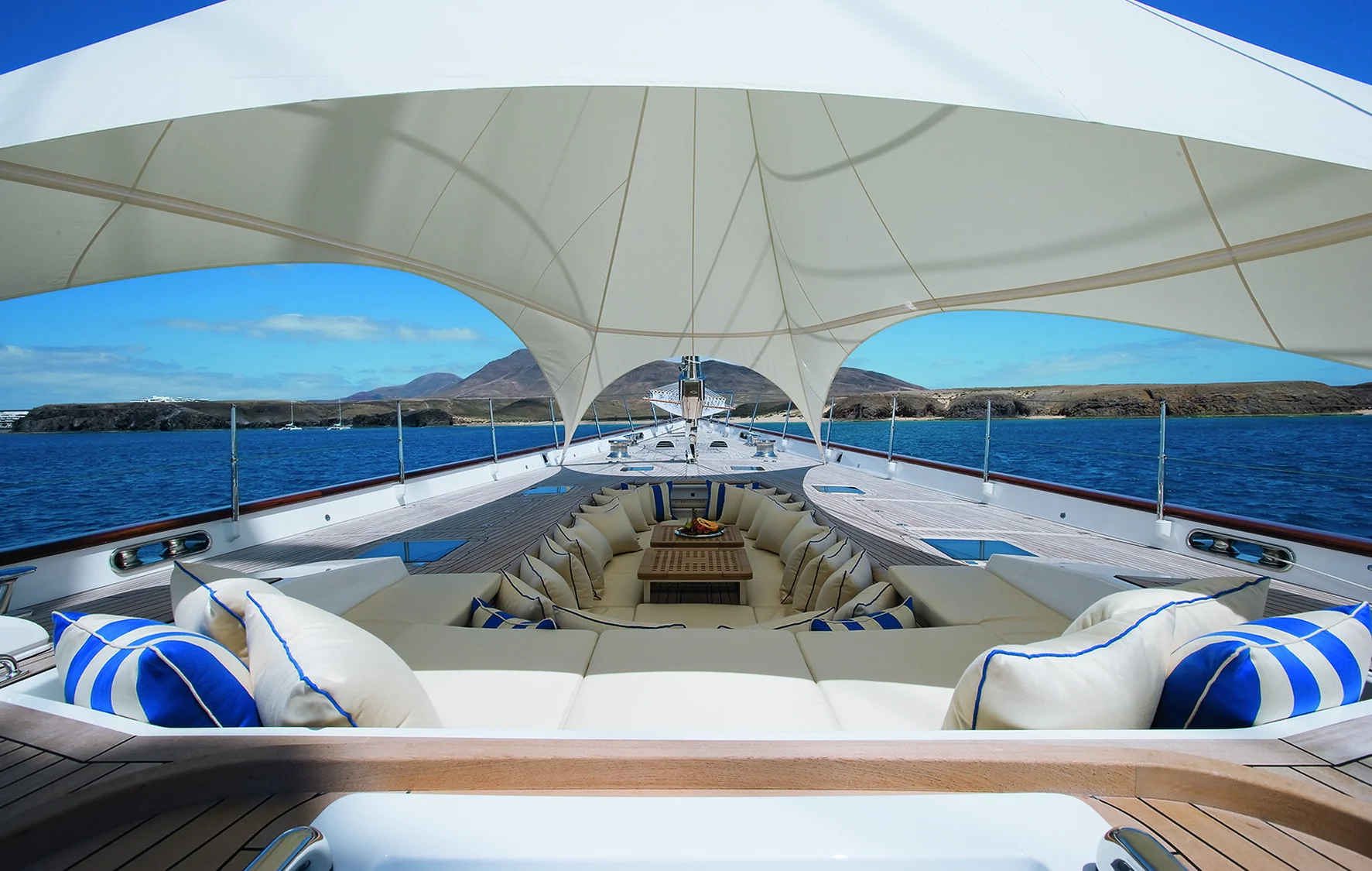
Part of the magic of this digital age has been the ability to connect a number of computers in a network and share information. The first Internet was clumsy and limited until, in 1984, the University of California at Berkeley released a new version of UNIX that became the backbone of the modern Internet. It was designed by Bill Joy. He went on to co-found Sun Microsystems, where he designed and, in 1995, unveiled another programming language, Java. By harnessing the power of the Internet, Java plays a major role in bringing the web to life and so has been integral to the development of Internet business.
Joy has forty-four patents issued or in progress, is a fellow of the American Academy of Arts and Sciences, and a member of the National Academy of Engineering and the Computer Museum Industry Hall of Fame. Fortune magazine has called him the “Edison of the Internet”. He received the University of California’s Alumni Society Medal, its highest honour, in 2000. True to character, Bill Joy launched his Ethereal project at Royal Huisman’s Vollenhove offices by holding a “Charrette” – a three-day symposium attended by the world’s leading academics in all the disciplines that might have any conceivable bearing on his project. Though he and his wife Shannon live very private lives, Bill Joy allows the use of his name where it has the potential to stimulate others to come forward with creative, thought-provoking ideas.
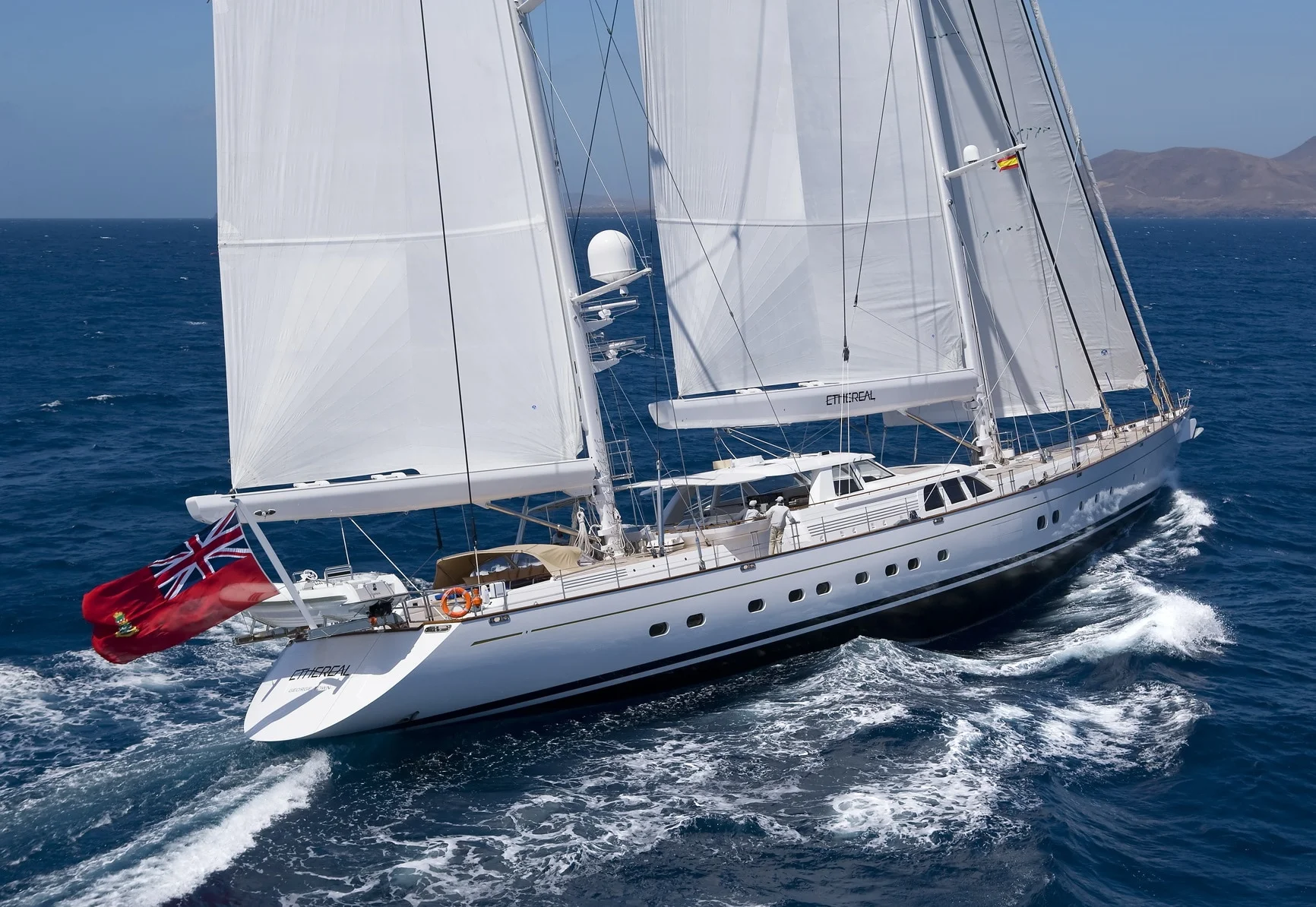
The late Tom Perkins, an avid sailor, nurtured Joy’s nascent interest in sailing while former US vice president Al Gore […] influenced him to build the most efficient, eco-friendly yacht possible.
“A boat is a finite universe and we have to live with our resources,” says the computer software pioneer as he talks fuel cells, decarbonising energy and designing and building his Royal Huisman ketch.
Bill Joy never set out to change the world but that’s exactly what this unassuming Midwesterner did in the late 1970s when he turned the world of software development on its head. Armed with an electrical engineering degree from the University of Michigan, he was accepted to graduate programmes at Caltech and the University of California at Berkeley. Despite Caltech offering a teaching fellowship, he chose free-wheeling Berkeley and that made all the difference.
“Reagan was the governor of California then and there had been massive budget cuts to education in the state. The campus computer facilities were decimated,” he recalls. “It was like a forest fire; everything is gone and then new green shoots start coming up.”
At one point, Royal Huisman set up five tents in the yard as workshops so that the scientists, engineers and technicians the Joys brought into the project could be developing on site in immediate proximity to each other.
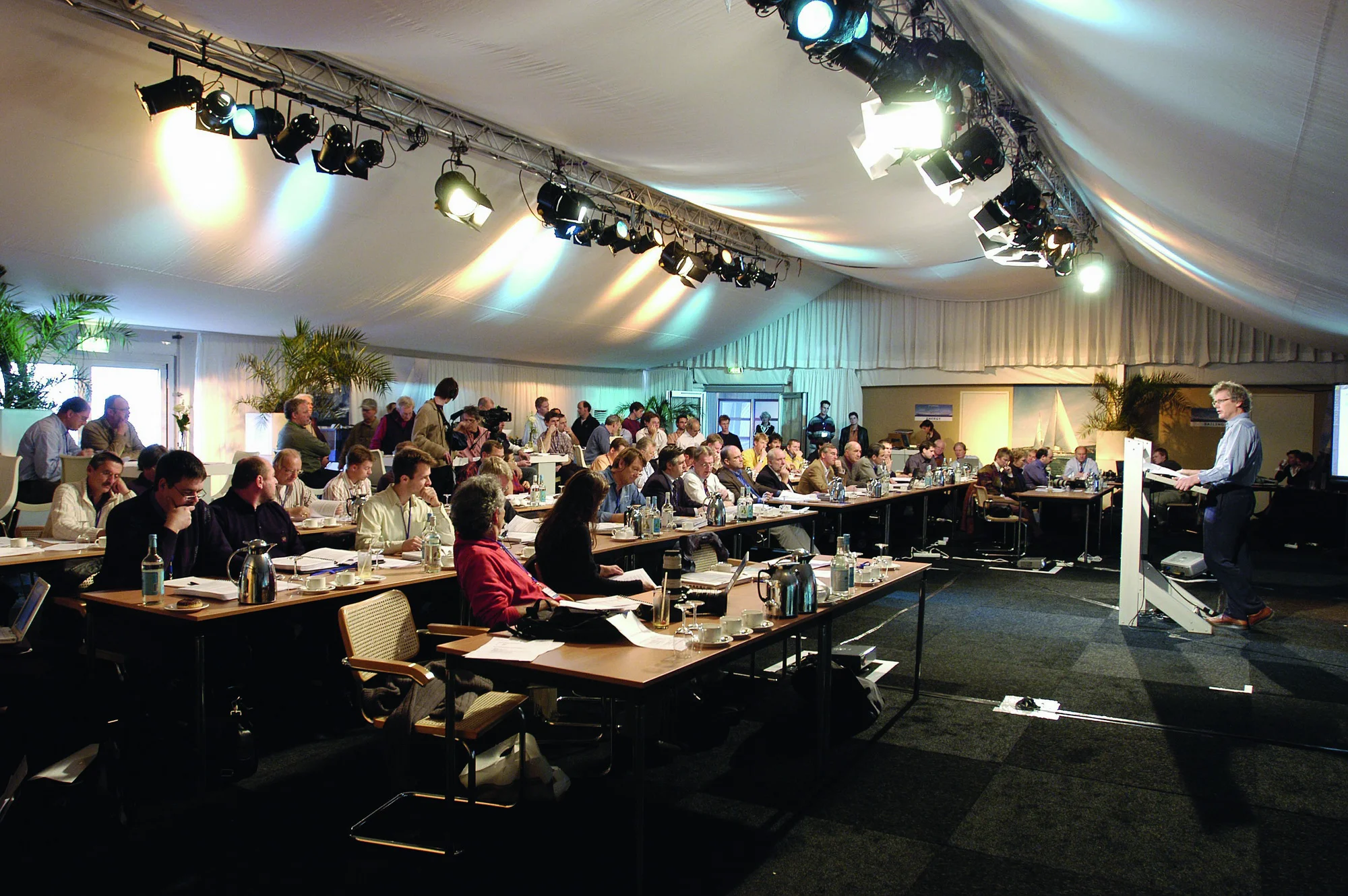
One of those new green shoots was Berkeley’s Computer Systems Research Group, which had managed to attract some money undertaking contract work for government agencies and corporations. One such contract given to Joy was to work with third-party software to run programs for an arm of the US Defense Department. Joy refused, saying he didn’t trust the third party’s code. Rather than risk a program failure, he went home and rewrote it. Hauled in to explain why he didn’t follow instructions, and asked how he thought he could rejig the software that keeps millions of bits of data moving in the right direction, he replied: “It’s simple – you read the protocol and write the language.” In a stroke, he had solved a significant instability problem and set the world of coding on a new course.
Forty years later, he remains every bit the softspoken pragmatist. Already a legend in software after his work at Berkeley, he was invited to join startup Sun Microsystems in the early 1980s to invent a smaller, simpler workstation and the enabling microprocessor that would take computing out of the realm of universities and governments and put it into industries. Soon, as a full partner, he led a team that invented Java, one of the most popular programming languages. This boosted Sun Microsystems into the stratosphere and put Joy into contact with other entrepreneurs such as Bruce Katz, the man behind the famous Rockport shoe brand of Massachusetts and owner of the 43.5-metre Royal Huisman sailing yacht Juliet. Their chance meeting during a business conference led first to a friendship and then directly to Joy building 58-metre sailing yacht Ethereal.
It was sailing with Bruce aboard his Juliet; such a great experience […] and because we both like design, we talked a lot about it. I inherited that dream
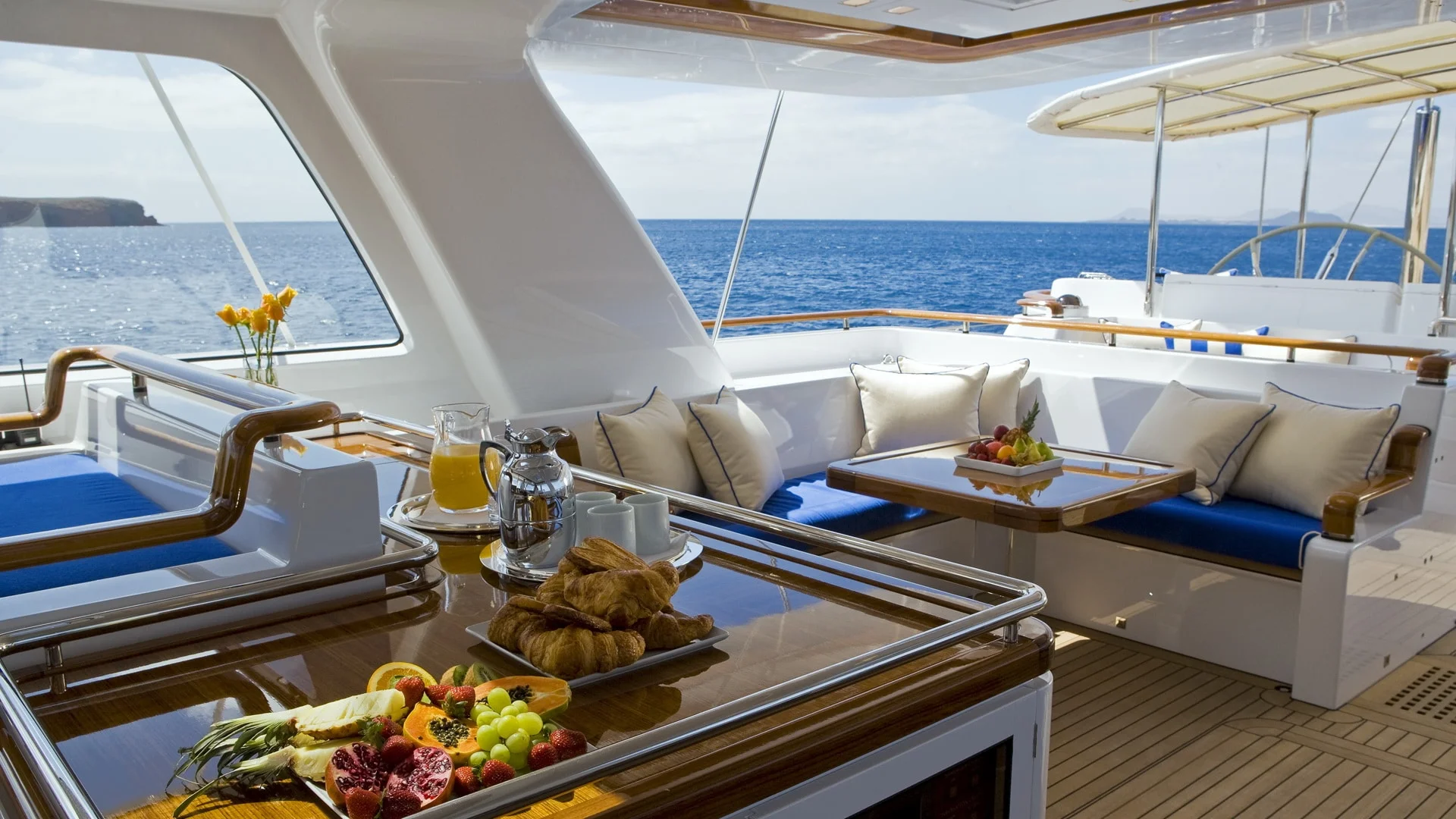
“It was sailing with Bruce aboard his Juliet; such a great experience. I actually met Bruce before he built Juliet. He had a lifelong dream of building [his own boat to sail around the world] and because we both like design, we talked a lot about it. I inherited that dream,” says Joy.
After 21 years at Sun Microsystems, Joy made a huge career shift, becoming a venture capitalist with the Silicon Valley firm Kleiner Perkins Caufield & Byers (KPCB) in 2005. He put his analytical ability into identifying and investing in disruptive early-stage “green” technologies, notably wind, solar, energy storage and semiconductor technologies for mobile devices. The late Tom Perkins, an avid sailor, nurtured Joy’s nascent interest in sailing while former US vice president Al Gore, a KPCB senior partner, influenced him to build the most efficient, eco-friendly yacht possible.
I really wanted to do a project with Pieter. He could make you understand how things were going to feel
When the time came to fulfil his sailing dream, Joy wanted the same team that created Juliet: Ron Holland as naval architect with the late Pieter Beeldsnijder for the interior and Royal Huisman to build it. “I really wanted to do a project with Pieter,” says Joy. “Bruce’s description of working with him was just so great.” Beeldsnijder and Joy hit it off. “It was such a pleasure to watch him work. He was very much an old-school person. He wouldn’t sit at a computer, he would sketch with pencil. He could freehand perspective drawings. He was a wizard and he could make you understand how things were going to feel. He was such a joy to be around. His effervescent happiness in doing the design was infectious,” Joy recalls.
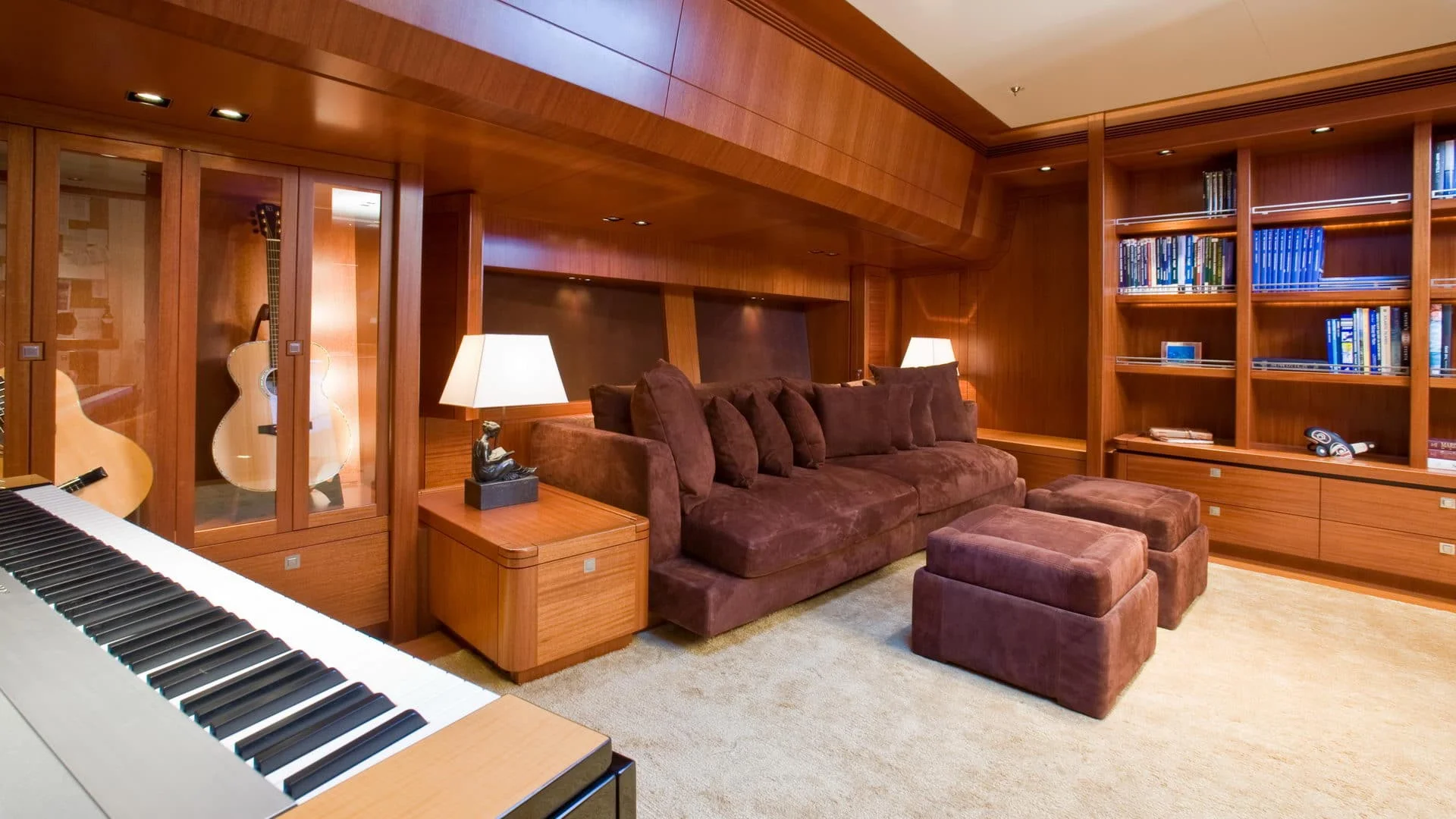
While Katz’s project was driven by emotion, Joy approached the build of his family-focused yacht with the mind of an engineer. “I’m not a sailor; I don’t sail the boat. I’m an engineer,” he admits. He and wife Shannon wanted everyone involved with the project to think outside of the box. Every system was challenged and optimised. At one point, Royal Huisman set up five tents in the yard as workshops so that the scientists, engineers and technicians the Joys brought into the project could be developing on site in immediate proximity to each other. The yacht, launched in 2009, was a living laboratory, with efficiency woven into every corner and system on board. Ethereal features the first true hybrid solution installed on a yacht, with its 400kWh lithium-iron phosphate battery bank (chosen for its safety) resting under the corridor to the aft cabins. It is a system that still works as planned and some of the batteries, charged and discharged thousands of times, are original. In the boat’s 10-year survey completed last year, no changes were made to the propulsion or the batteries, which can either be used for silent operation of the vessel, a generator-free night at anchor or for peak shaving.
Bill Joy won’t be drawn on politics, stating plainly: “Biology and chemistry have no politics
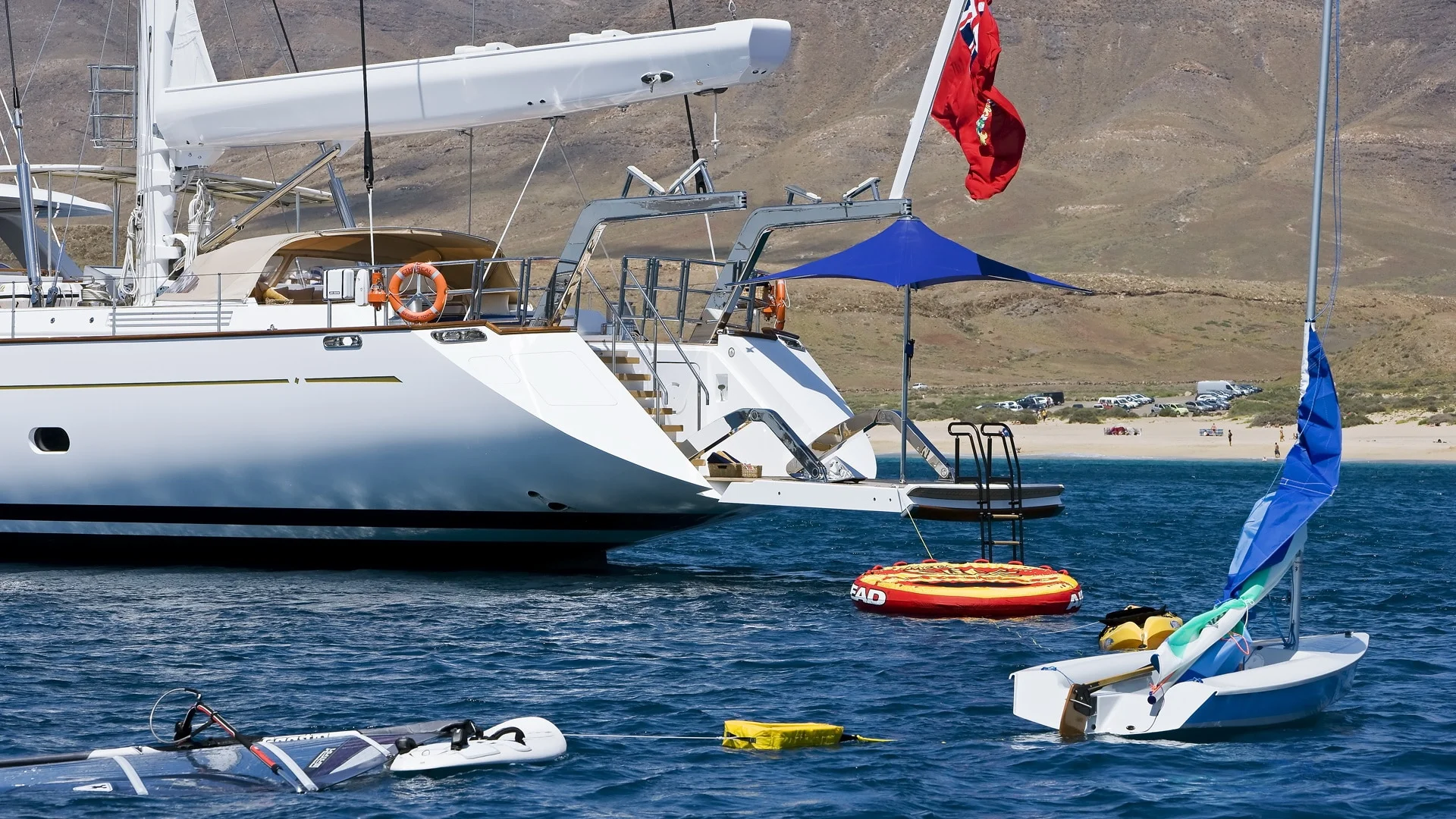
The boat’s energy grid is remarkably flexible and can charge batteries three ways – from shaft generators when the props are freewheeling under sail, turning under power of the main engines or via one of three relatively small gensets. Reducing the production of heat of everything from light bulbs and air conditioning to glass in portlights and deck hatches that reflects outdoor heat combined with substantial insulation means the boat’s hotel load is much less than others its size and volume. “A boat is a finite universe and we have to live with our resources. We have to be conscious of how much power we can generate, how much water we can make and how much food we can carry in our selfcontained world,” Joy notes firmly.
Living within limits is a key philosophy for both husband and wife. Shannon is a producer of documentary films such as Chasing Coral, Ghost Fleet, Mission Blue and her latest, Anote’s Ark. She’s also on the board of Mission Blue, Oceans 5, Wild Aid and EarthSense Foundation. Ethereal, Joy tells me, has been on many dive trips while videographers and scientists worked on the films. “Most of our sailing has been in the South Pacific, Palau and Raja Ampat, Melanesia, Micronesia, Indonesia, Polynesia – all the ‘nesias’ – and Tahiti. I like the diving and Shannon is working on a lot of conservation issues in those areas.”
It evidently irritates him that governments and corporations don’t seem to have grasped the urgency of the world’s environmental challenges. “People hear that CO2 is going up so many parts per year and it seems like they still have time. The funny thing is, there are tipping points. There is a point at which things are barely in balance and then you add a stressor and the forest that has become drier every year for 10 years because of climate change suddenly becomes a massive fire. The polluted water run-off in Florida becomes a catastrophic amount of red tide and bluegreen algae. People ask ‘what happened?’, and it probably wasn’t very much, but there was a tipping point. The systems have lost their resilience. Along comes a stressor and they have nothing left to give,” he says.
He won’t be drawn on politics, stating plainly: “Biology and chemistry have no politics. We have assumed we could stay colouring within the margins by putting little restrictions on things but the cumulative overpressure is quite large. It offends a few people a lot if you try to stop it and it offends a lot of people a little if you don’t, until it becomes a catastrophe, at which point your choices may be limited.”
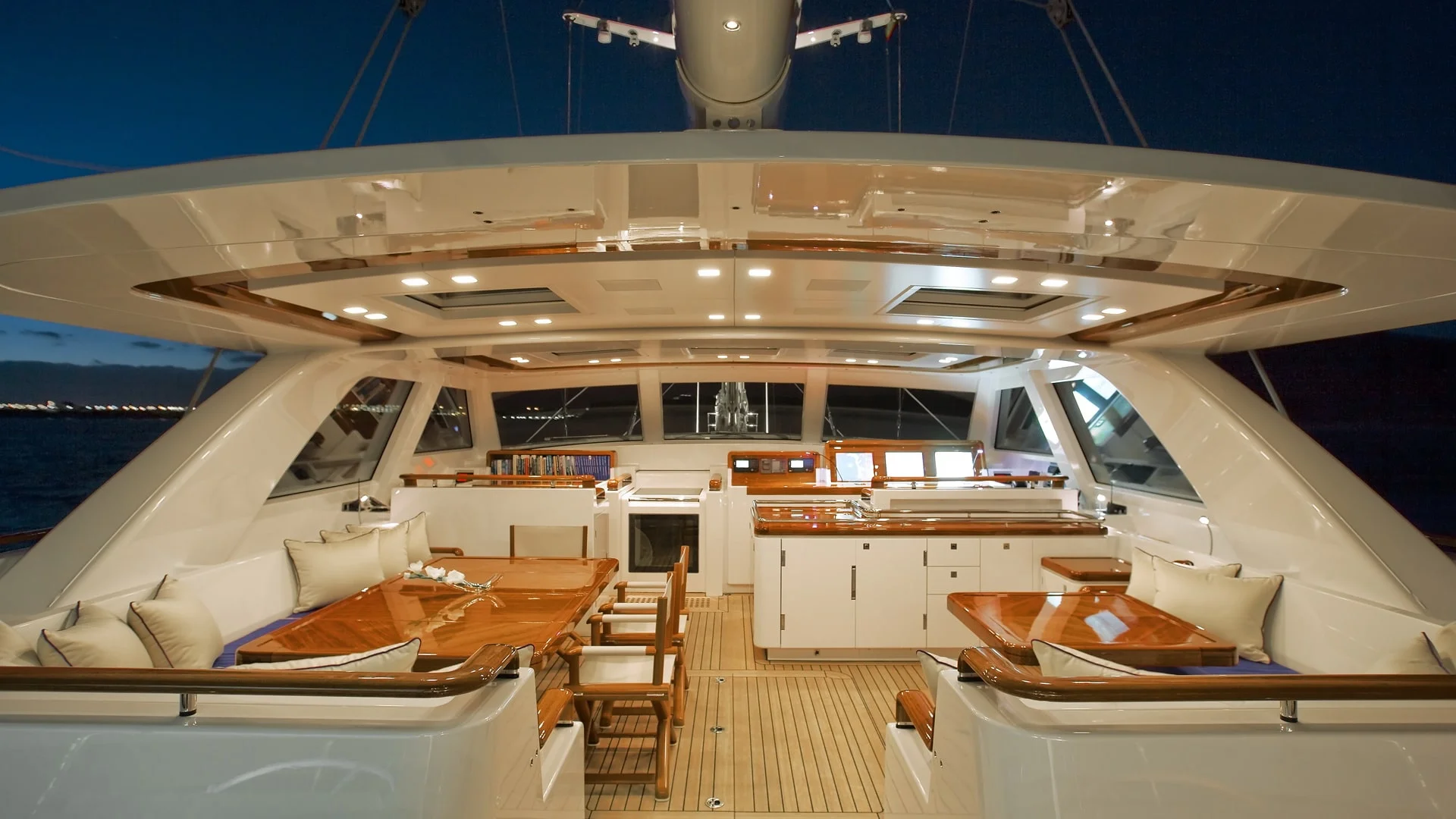
My method is to look at something that seems like a good idea and assume it’s true.
Today sees Joy still actively engaged in the investment sector, acting as principal and chief scientist of Water Street Capital, based in Jacksonville, Florida, in between his stints on board Ethereal, on which he spends around three months a year. The firm’s investment model is less quick-hit and more agent of change. Not surprisingly, Joy is focused on batteries and reformulating the energy grid. He has personally led financing for Ionic Materials, developer of a solid polymer to replace the liquid electrolyte in rechargeable batteries. “A lot of the materials you would like to use in a battery because they have good voltage potential and are light and cheap tend to not be materials that work well with a liquid [electrolyte],” he explains.
He and wife Shannon wanted everyone involved with the project to think outside of the box. Every system was challenged
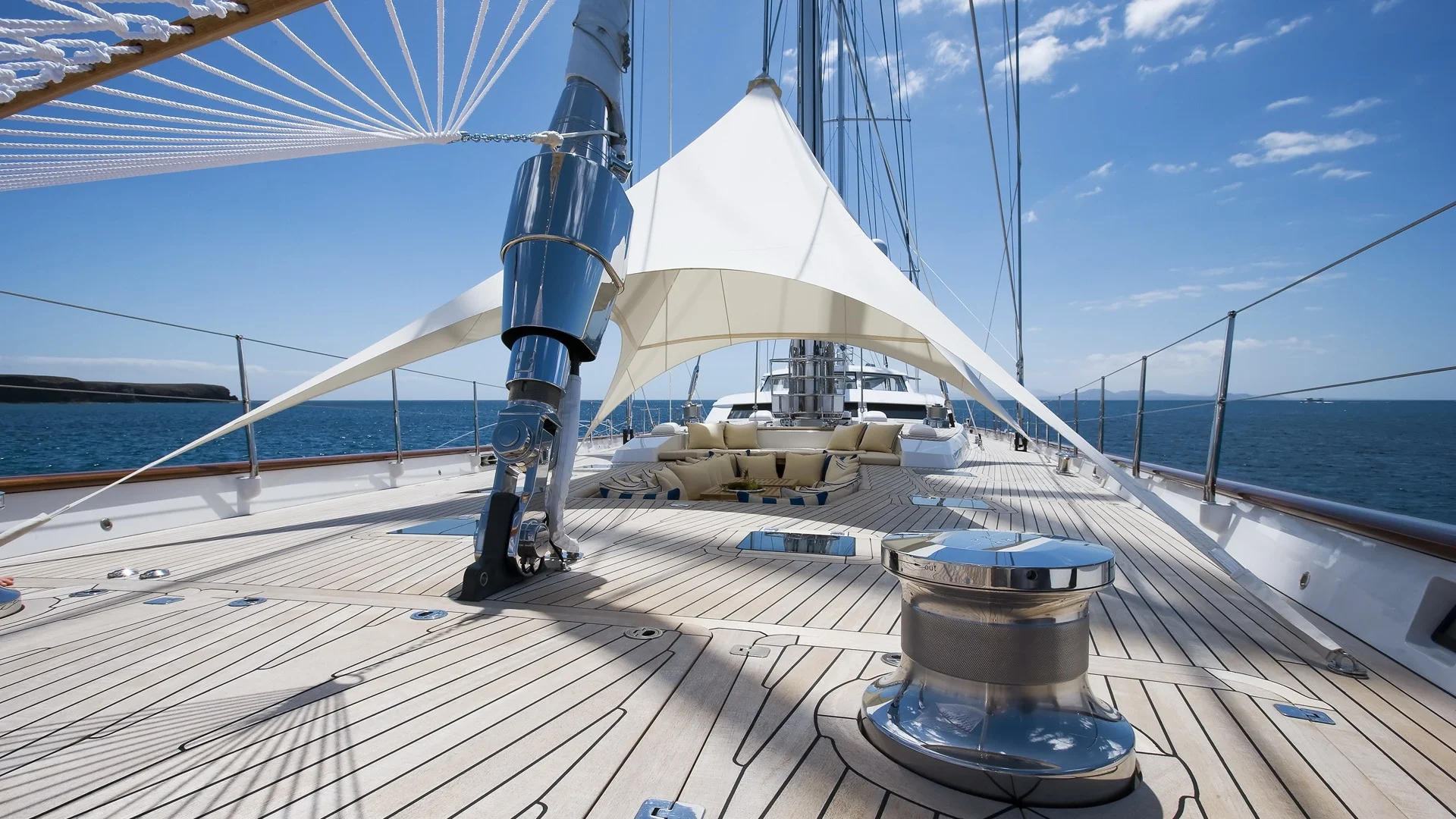
“For example, sulphur is something you would love to use in a battery. It’s light and almost free but when you put it with a liquid you get reactions creating all sorts of impurities that cause it to fail. If you use a polymer electrolyte, then you don’t have these reactions and you aren’t restricted on materials… we open up the whole periodic table. It could make radically better batteries. You don’t have to mine the deep ocean or the Congo for materials like cobalt and nickel. You could completely eliminate toxic lead acid batteries.”
After nearly two hours in Ethereal’s beautiful deck saloon, we’ve covered topics as diverse as fuel cells, decarbonising energy, why he’s still dubious about artificial intelligence and a meat replacement made mostly out of peas. We haven’t quite solved all the world’s problems, but I walk off the passarelle knowing there is a good man on the case.
Quick fire Bill Joy
SPEED OR STYLE? Style, as in design – CHEF OR CHAUFFEUR? Healthy creative cooking is one of life’s great pleasures – FAVOURITE WATCH? I have an Apple Watch, the new one – FIRST BOATING MEMORY? In a rowing boat on my uncle’s lake in Michigan – FAVOURITE BEACH? The most beautiful was in Tulum, until it became overrun with seaweed – FAVOURITE CAR? I drive a Porsche 911, but if I’m going grocery shopping I’ll take an Uber – FIRST THING YOU PACK? Usually it’s spare parts or accessories related to cameras – WHAT IS YOUR IDEA OF LUXURY? Being anchored at some beautiful place, having a nice dinner, enjoying the sunse after a great dive and having a conversation with people who care about the world
The article “On board with Bill Joy” by Marilyn Mower was published in Boat International’s Owner’s Club.
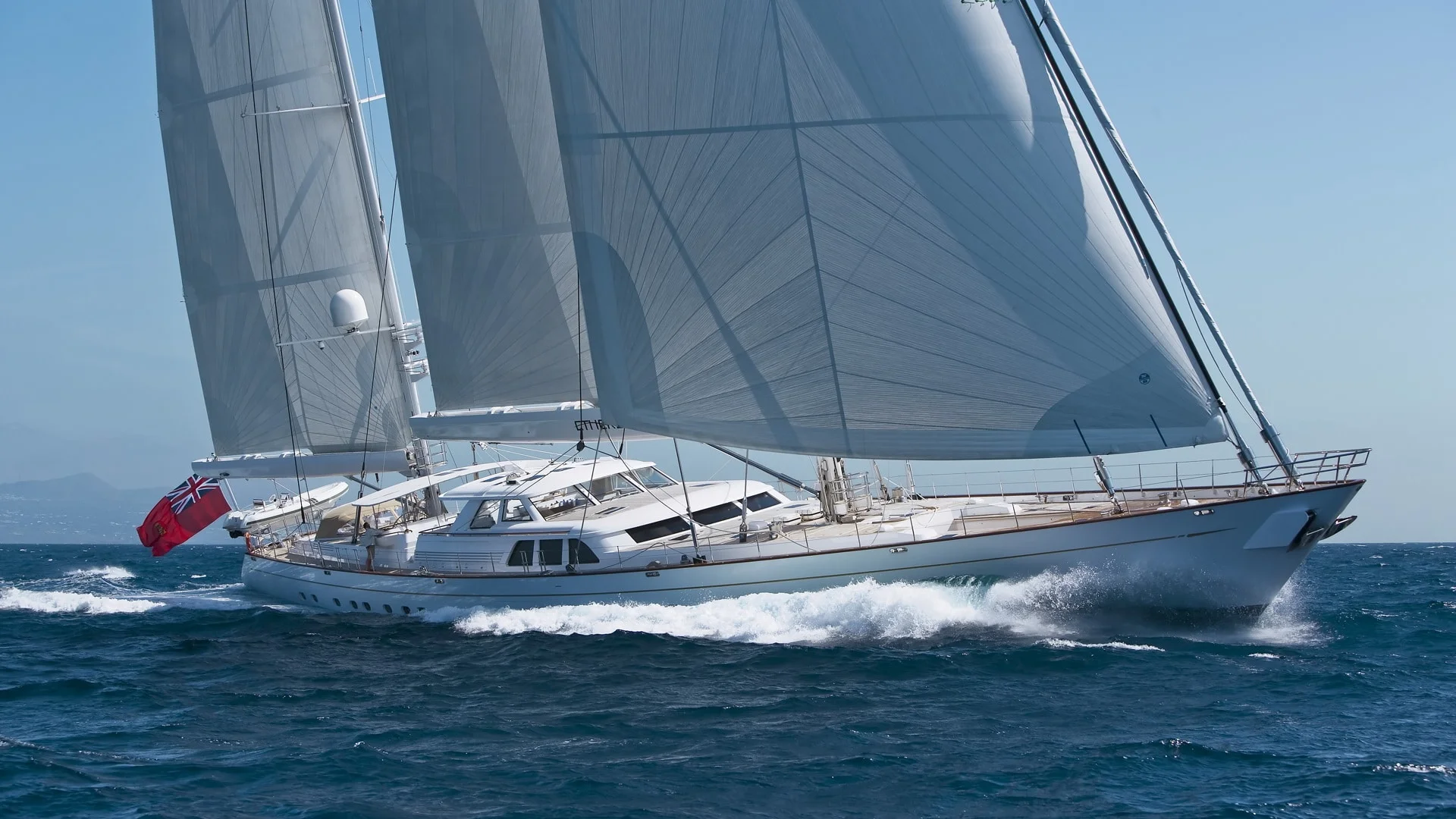
World’s first hybrid superyacht launched (in 2008)
As Royal Huisman innovations tend to be well ahead of the curve, it is easy to see how a 58m / 190ft milestone project named Ethereal might be overlooked just a few years later. Understandably, the Royal Huisman team was a little surprised by our Feadship colleagues’ claim to have launched “the world’s first hybrid superyacht”. Curious? link
